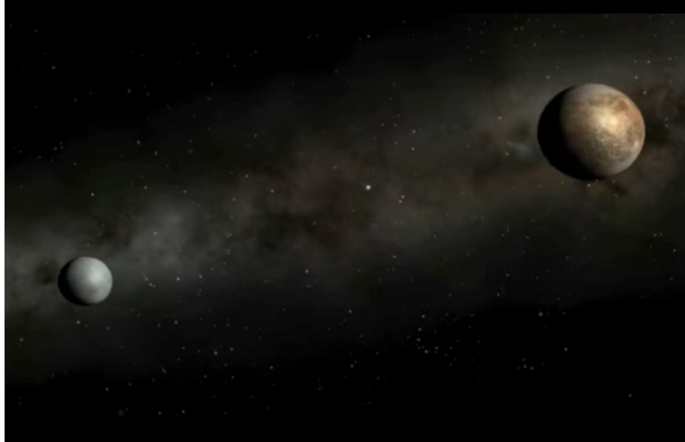July 14, Tuesday, will mark the earthlings another greatest new discovery in the universe. NASA's New Horizons spacecraft travelled three billion miles or nine years and a half just to get to Pluto. A planet also known as the second-most massive dwarf planet.
NASA is starting its countdown for the most awaited discovery. Each moment that the New Horizons spacecraft is getting close to Pluto, new images is being visible and clear which made the team excited.
"We're close enough now that we're just starting to see Pluto's geology, it's a unique transition region with a lot of dynamic processes interacting, which makes it of particular scientific interest," Curt Niebur, New Horizons program Scientist, said.
Scientist Curt Niebur is keenly interested in the gray area just above the whale's "tail" feature which is seen in the Pluto's latest image. This is the image facing the Pluto's largest moon, Charon.
NASA will provide comprehensive coverage of the said historic July 14 flyby of Pluto. The coverage will be available for television and internet and will start at 10:30 a.m. of July 13, Monday, NASA reported.
Pluto is said to be the NASA's last stop in exploring every planet in the solar system. This quest started with Venus in 1962. It is also a coincidence that Pluto visit falls on the 50th anniversary of the first ever flyby of Mars by Mariner 4, Yahoo! reported.
New Horizons' science instruments will collect maximum data on the said flyby. NASA scientists are still not certain of its success until Tuesday night, New Horizons' closest approach to Pluto.



























